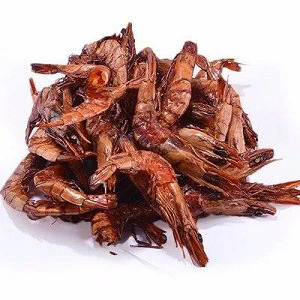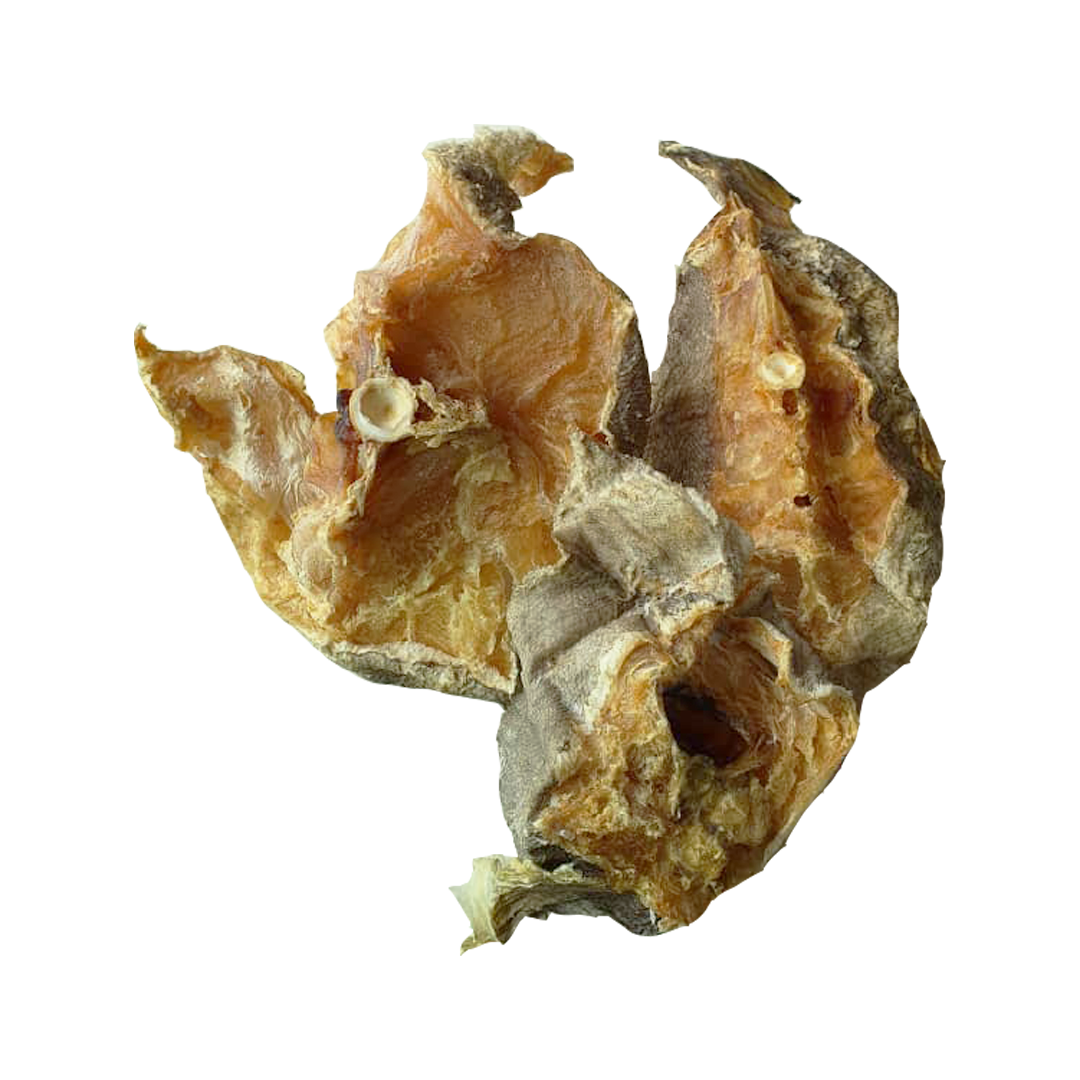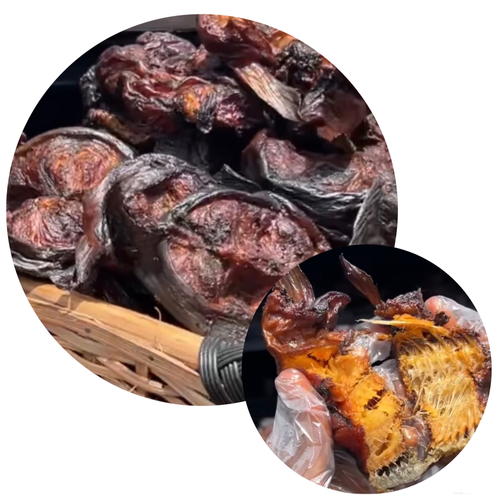

River Catfish Cutlet
₦76,000.00 Original price was: ₦76,000.00.₦75,000.00Current price is: ₦75,000.00.
River Catfish Cutlet, known for its mild taste and firm texture, offers a rich, umami flavor when dried. High in protein, omega-3 fatty acids, vitamins, and minerals, it supports muscle, heart, and bone health. Ideal for soups, stews, stir-fries, and snacks, rehydrate before cooking. Store in an airtight container for long shelf life.
Description
River Catfish Cutlet is a popular ingredient in many cuisines around the world, prized for its rich flavor and long shelf life. Catfish, known for its mild taste and firm texture, becomes even more flavorful when dried. This process involves removing moisture from the fish, concentrating its flavors, and preserving it for extended use.
Characteristics and Types
- Species: Dried catfish can come from various species of catfish, including Channel catfish (Ictalurus punctatus), Blue catfish (Ictalurus furcatus), and Flathead catfish (Pylodictis olivaris).
- Appearance: Dried catfish typically retains its shape and texture, with a firm and slightly shriveled appearance.
- Texture: Firm and chewy when dried, becoming tender and moist when rehydrated.
- Flavor: Rich, savory, and slightly sweet, with a distinctive umami taste.
Nutritional Profile
Dried catfish is nutrient-dense and offers a variety of essential nutrients:
- Protein: High in protein, essential for muscle repair and growth.
- Fats: Contains healthy fats, including omega-3 fatty acids.
- Vitamins: Rich in vitamins such as vitamin D, vitamin B12, and niacin (B3).
- Minerals: High in essential minerals like calcium, phosphorus, potassium, and selenium.
- Calories: Moderate caloric content, providing a good source of energy.
Health Benefits
- High Protein Content: Provides essential amino acids necessary for muscle development and overall body function.
- Heart Health: Omega-3 fatty acids help reduce inflammation and support cardiovascular health.
- Bone Health: Rich in calcium and phosphorus, crucial for maintaining strong bones and teeth.
- Immune Support: Provides essential vitamins and minerals that boost the immune system.
- Brain Health: Omega-3 fatty acids support brain health and cognitive function.
- Low in Fat: A healthy source of protein without high levels of unhealthy fats.
Culinary Uses
Dried catfish is versatile and used in various culinary applications:
- Soups and Stews: Adds a rich, savory flavor to traditional dishes like Nigerian Catfish Pepper Soup or Southern-style Gumbo.
- Stir-fries: Can be rehydrated and added to stir-fries with vegetables and sauces for a nutritious meal.
- Fried Dishes: Rehydrated catfish can be seasoned and fried for a crispy and flavorful dish.
- Spice Blends: Ground into powder and used in spice mixes and seasoning blends.
- Snacks: Can be enjoyed as a protein-rich snack on its own or with dips and sauces.
How to Use Dried Catfish
- Preparation: Rinse dried catfish to remove any impurities or excess salt.
- Soaking: Soak in warm water for several hours or overnight to rehydrate and soften the fish.
- Cooking: Add directly to soups, stews, or sauces after rehydration. It can also be fried or grilled after rehydration for a different texture.
- Grinding: Ground into a fine powder for use in seasoning mixes or as a flavor enhancer.
Storage and Shelf Life
- Storage: Store dried catfish in an airtight container in a cool, dry place. For extended shelf life, refrigeration or freezing is recommended.
- Shelf Life: When stored properly, dried catfish can last for several months. Refrigeration or freezing can extend its shelf life up to a year.
Culinary Tips
- Flavor Intensity: Use sparingly, as dried catfish has a concentrated flavor. Adjust the quantity based on the desired taste intensity.
- Complementary Ingredients: Pairs well with ingredients like tomatoes, onions, garlic, peppers, and various leafy greens.
- Texture Management: Ensure proper soaking or cooking to achieve a desirable texture, especially when using in soups or stews.
Additional information
| Pieces | 50 |
|---|
Related products
-
Sale!

Dried Prawn
₦41,000.00Original price was: ₦41,000.00.₦40,000.00Current price is: ₦40,000.00. Select options This product has multiple variants. The options may be chosen on the product page -
Sale!

Snails
₦125,000.00 – ₦250,000.00Price range: ₦125,000.00 through ₦250,000.00 Select options This product has multiple variants. The options may be chosen on the product page -
Sale!

Mangala fish
₦400,000.00Original price was: ₦400,000.00.₦300,000.00Current price is: ₦300,000.00. Select options This product has multiple variants. The options may be chosen on the product page -
Sale!

Stockfish Cutlet
₦42,000.00Original price was: ₦42,000.00.₦40,000.00Current price is: ₦40,000.00. Select options This product has multiple variants. The options may be chosen on the product page

